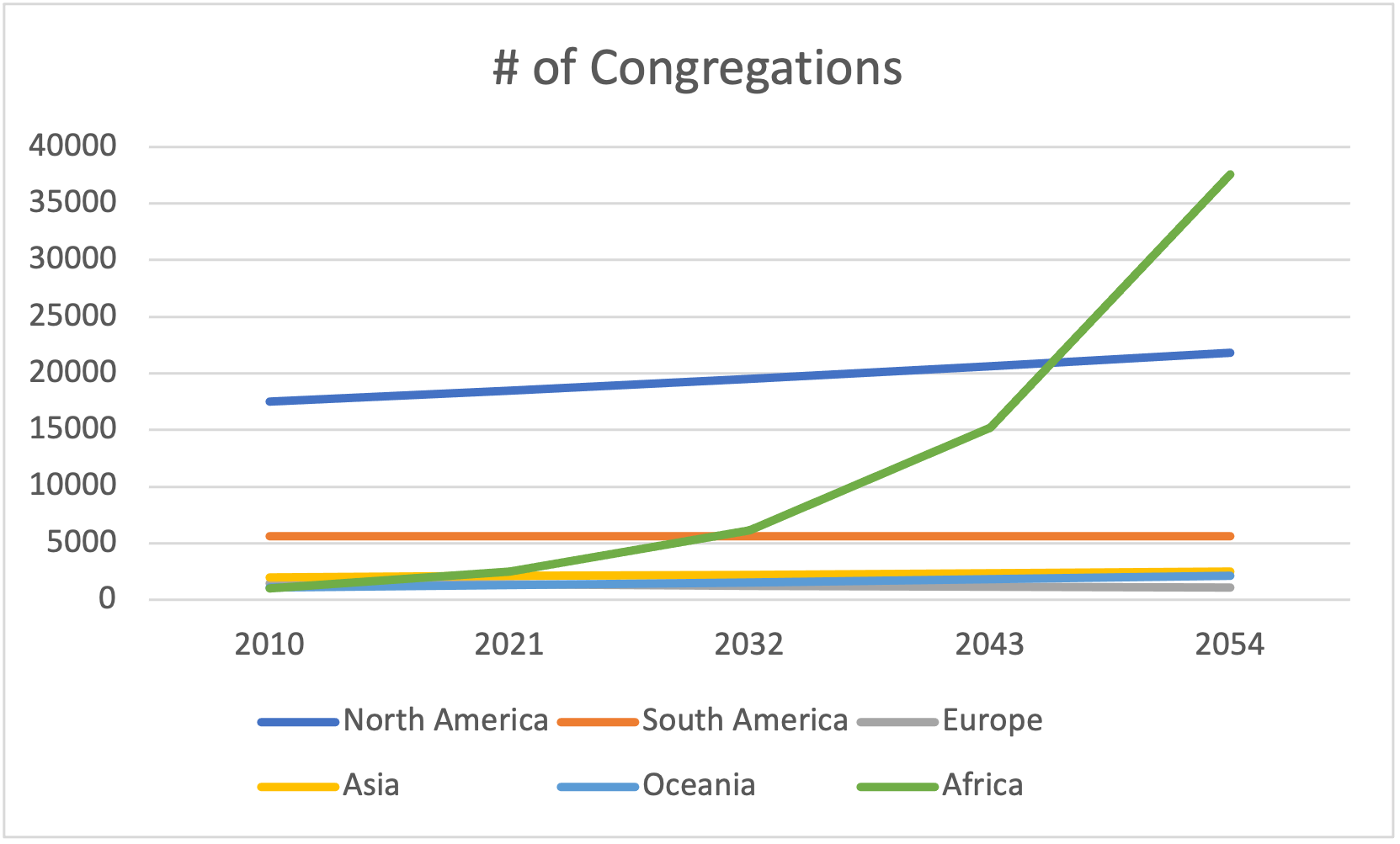-
•
•
5 responses
The Gospel of Mark really focuses, more than any other gospel, on the human experience of Jesus. The reader sees him experience a whole gamut of emotions, particularly negative emotions, like sorrow, anger, frustration, and fear. I am deeply moved by Mark’s telling of Jesus at Gethsemane and his death on the cross. The author of Mark, more than any other gospel author, elaborates on the disciples’ abandonment of Jesus upon his arrest. Only a few hours previously the disciples swore to Christ they would leave behind everything to follow him, only to, at Gethsemane, while he is still reeling… Read More
-
•
•
37 responses
In progressive discourse, the person (generally either gay or female) who challenges conservative religious sexual strictures is seen as a courageous trailblazer. However, as liberal Mormonism generally tracks the norms and values of progressivism generally, it too inherits the ambivalence of mainstream progressivism towards pornography. This is all anecdotal on my end, but it does seem that many progressive Latter-day Saints (hereafter “ProgMos” for easier reference), particularly the female ones, who bristle at a single woman being told by the Church to keep a lid on their sexual desires, or the gay returned missionary being told to be celibate, are… Read More
-
•
•
One response
What is the Kingdom of God? If it were a political entity, how would it be organized? What sort of charter would it have? In a recent interview with Kurt Manwaring at From the Desk, Nathan Oman discussed an early effort to think through these types of questions in the Church of Jesus Christ of Latter-day Saints known as the Council of Fifty. What follows here is a copost to the full interview, which is available here. Believing that the Last Days were at hand, “Latter-day Saints expected secular governments to fail and that religious community would form the nucleus… Read More
-
•
•
13 responses
A popular joke that I have heard before from both Latter-day Saints and Catholics (with roles reversed, depending on who’s telling it) goes that the pope’s secretary enters his office one day and tells the pope: “I have good news and bad news.” “Well, what’s the good news?” the pope asked. “We just got a phone call—the Parousia is happening and Jesus Christ is on the line.” “That’s wonderful! What bad news could there be with that?” “He’s calling from Salt Lake City.” ***** In the Church of Jesus Christ of Latter-day Saints, we focus a lot of on following… Read More
-
•
•
5 responses
I suspect a fear among some conservative Latter-day Saints is that a blockbuster, widely viewed movie will come around that presses on uncomfortable pressure points in a sophisticated way, and the 1-3 things that people know about the Church offhand will include whatever seeped into the public consciousness because of said blockbuster film. Similarly, a hope of the antagonist community is that said blockbuster film will gain a lot of traction and everybody will at last know the Truth about the Church, painting it into a corner. Either way, the first two episodes of the new Hulu miniseries Under the… Read More
-
•
•
5 responses
Like US exporters eyeing a potential 1.4 billion person market, the Church entering China is one of those white whales for hopeful, growth-minded Latter-day Saints (except with the everlasting gospel of the living God instead of widgets, but you get what I mean). Every so often (sometimes rather sophisticated) rumors will spread about how China is in the process of opening up and the MTC is revving up to train missionaries in Mandarin full speed. There have been enough of these rumors that hopefully people have learned to take them with a grain of salt. However, on a deeper level… Read More
-
•
•
3 responses
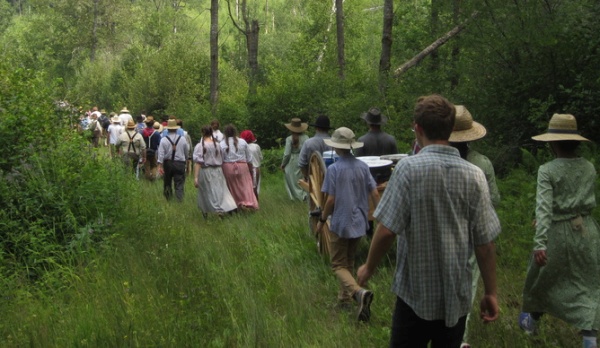
One nice thing about reading the Old Testament and the Book of Mormon together is that it lets us expand our mental geography of Zion into a full cartographic plane. Read More
-
•
•
2 responses
Is the Song of Solomon (also known a The Song of Songs) scripture for Latter-day Saints? It’s an interesting question, given that it is included in the Old Testament, but has also been dismissed as not inspired by Joseph Smith. Dana Pike recently discussed this question with Kurt Manwaring at From the Desk. What follows here is a copost to the full interview (a shorter post with quotes and discussion). In the interview, Dana Pike discusses the origin of the Song of Songs: The Song of Solomon is a biblical book comprising eight chapters of poetry, primarily the words of… Read More
-
•
•
10 responses
We have this unique Latter-day Saint doctrine that Jesus had to learn line upon line, just like we do. [1] That is all fine and good, but here’s the problem. We also believe that Jesus was perfect, and these two ideas just don’t mesh. If you do not know everything you are liable to make mistakes, and mistakes mean imperfection. Don’t they? When we were in Egypt before our tour guide took us to see the pyramids of Giza we were taken to see several other cool but far less impressive pyramids first. On our way to Giza he told… Read More
-
•
•
3 responses
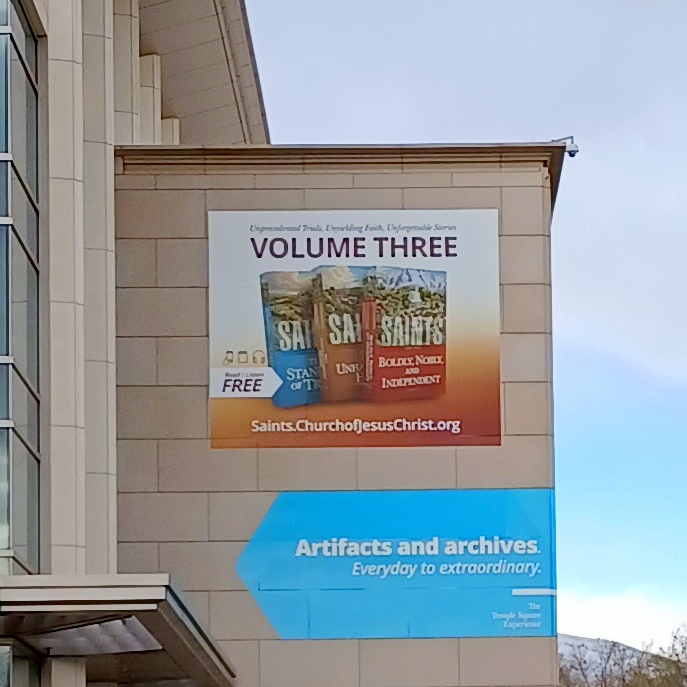
Saints: The Story of the Church of Jesus Christ in the Latter Days, Volume 3: Boldy, Nobly, and Independent, 1893-1955 is a fantastic addition to the Church’s official histories. Picking up after the ending of the previous volume at the dedication of the Salt Lake City Temple, this volume begins with the Chicago World’s Fair in 1893 and wraps up with the dedication of the Bern, Switzerland Temple in 1955. It covers a time of growth and transition for the Church and discusses shifts and decisions at Church headquarters in Utah that are significant in shaping the institution today; expansion in… Read More
-
•
•
55 responses

In Latter-day Saint parlance “making somebody your project” is the act of approaching your relationship with them mechanistically; only viewing your relationship with them through your ability to get them from point A to point B spiritually, and generally it’s frowned upon because the friendship is insincere. On a similar note, I sense that some people problematically approach their relationship with the Church as a “project.” For the purposes of this analogy, these people are primarily interested in the Church as a potential vector for their personal ideological or political views. Given the influence the Church can have on its… Read More
-
•
•
One response
Truman G. Madsen once said that: When people ask me: ‘Why are you so preoccupied with reading the life and teachings of Joseph Smith?’ One answer, and it is the most powerful one, in my heart, is because he is like a window, through which I can see the living Christ. (https://www.fromthedesk.org/truman-madsen-biography/) Occasionally, other Church leaders are the type of person that also provide a window to Christ through both words and actions. One of those for me is Henry B. Eyring. In a recent From the Desk interview with Robert Eaton (one of the co-authors of I Will Lead… Read More
-
•
•
4 responses
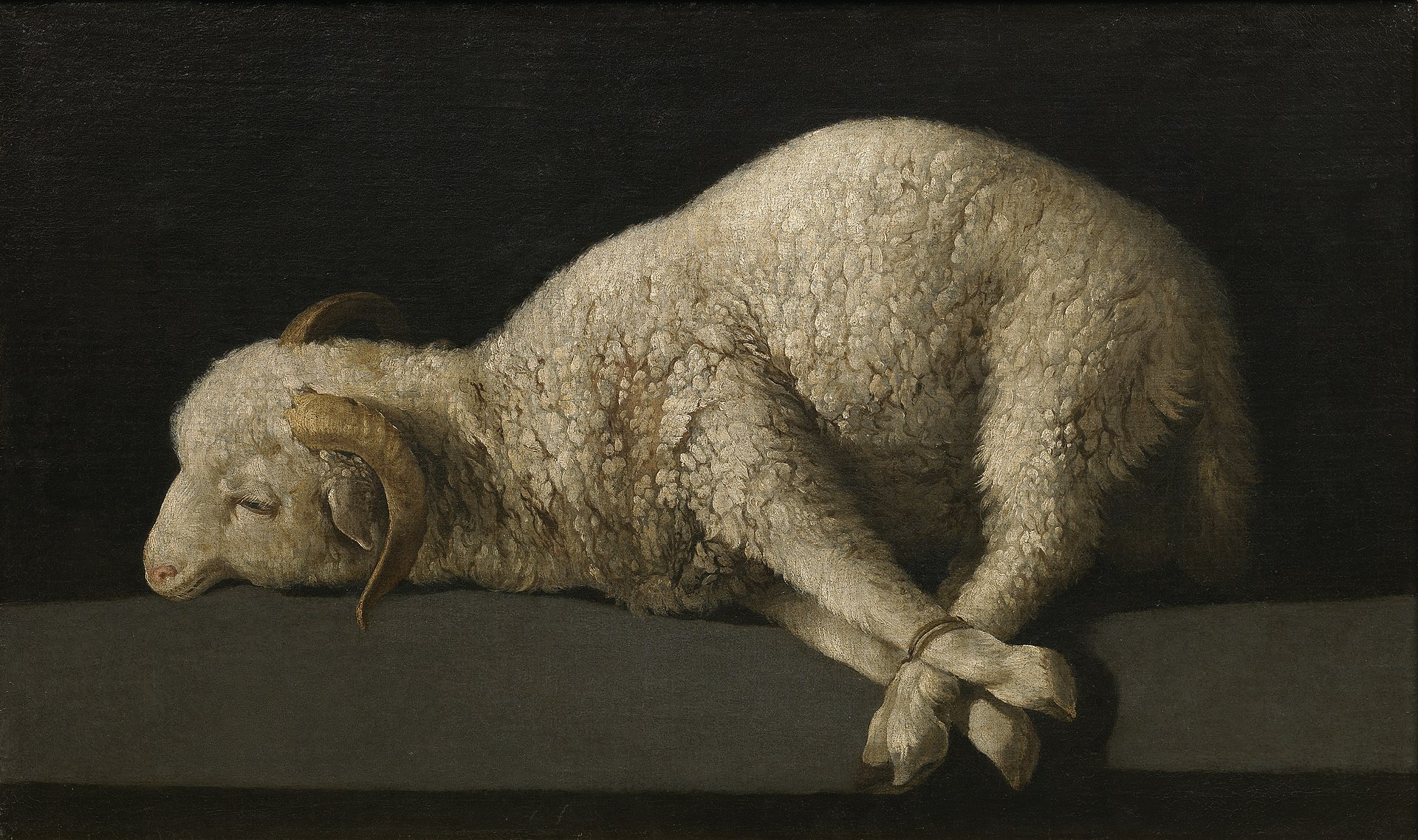
I don’t really get art. I couldn’t tell you whether a painting was done by a renaissance master or the local community college art teacher. While some of this is probably due to sort of an emperor’s new clothes style tastemaking by elites, I’ll concede that some of it may be due to my tastes being lowbrow. That being said, below are the handful of works of “great art” that move me spiritually, even if Picasso or Degas don’t really do anything for me. These aren’t all the works of art that move me spiritually–like I mentioned earlier this week… Read More
-
•
•
4 responses
We’ve probably all heard a million times that Christ said that in serving others we serve God, and that in order to be prepared to meet God we need to take care of the poor and marginalized.[1] I don’t think any of us would argue these points. However, I do think we often miss something in our retelling of this sermon. We frequently use it to talk about how in serving others we can become like God, (which is true), but that is not exactly what Christ says. What Christ says is that serving others will help you to be… Read More
-
•
•
6 responses
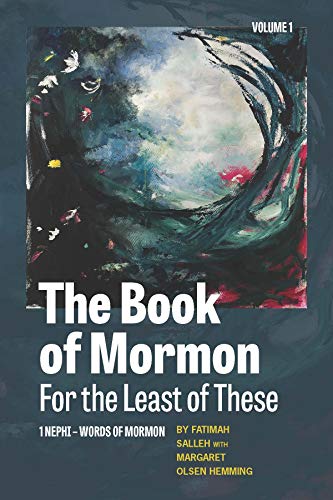
A while back, a friend sent me an uncomfortable text. She is not a member of the Church of Jesus Christ of Latter-day Saints, but someone had given her daughter the old illustrated Book of Mormon Stories book, and her daughter came across the passage in Second Nephi when Nephi narrates that Laman and Lemuel’s descendants are cursed because of their wickedness and become a dark-skinned people. My friend texted, “We were wondering if there is some context missing that would make it seem less racist?” It’s a troubling passage for me and many other readers, but I finally had… Read More
-
•
•
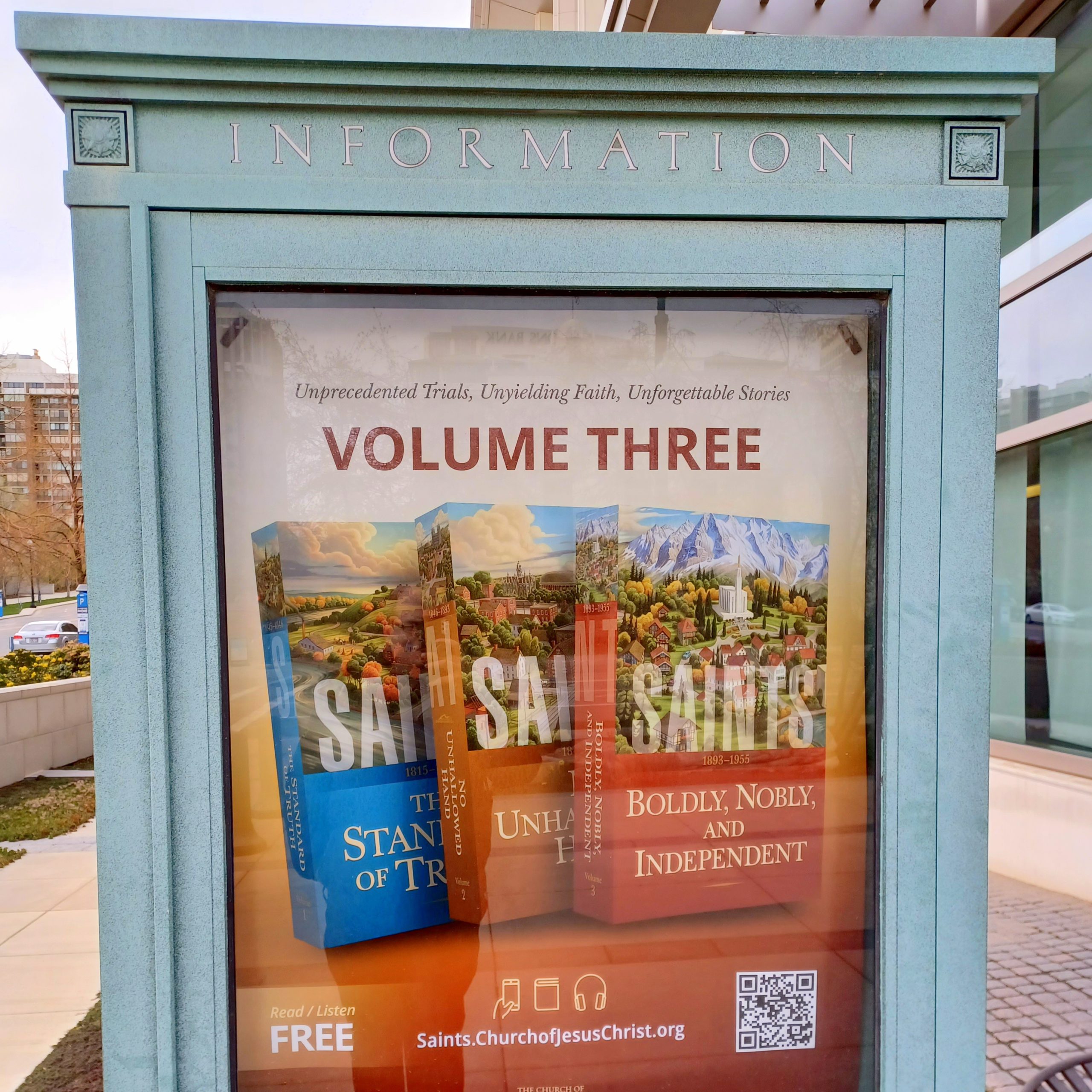
I hope by now it’s apparent that I am a fan of the Saints history series and that I’ve been really looking forward to Volume 3, which comes out on the 22nd. I will say, it’s fantastic, but you’ll get to read more of my thoughts next week. Today, however, Kurt Manwaring published an interview with Scott Hales (General Editor and lead writer) and Jed Woodworth (General Editor and lead historian) that discusses the volume. What follows here is a co-post to the interview. In Volume 3, we’re entering an era in the volume where the Church begins to become the modern… Read More
-
•
•
One response
I mentioned in my post last week that the BYU Studies article “A Mother There” by David L. Paulsen and Martin Pulido had more quotes than I could put into that post. Here is the follow-up with as many of the quotes cited in that article as I could find (excluding the ones presented last week). It’s not everything cited, but it’s the vast majority. Heavenly Wife and Parent First Presidency (1916): Jesus Christ is not the Father of the spirits who have taken or yet shall take bodies upon this earth, for He is one of them. He is… Read More
-
•
•
3 responses
To paraphrase Donald Rumsfeld, gains in machine learning technology are a “known unknown.” Unlike some other future changes and development, we are reasonably confident that the machine learning revolution (also known as artificial intelligence, but that is a loaded term) of the past 10 years will continue at least over the medium-term. I’m skeptical that we’ll ever reach “artificial intelligence” in the sense of being able to create a feeling, thinking being from a computer because, as I’ve discussed before, I don’t think our brains are just meat calculators. Still, the machine learning revolution is exciting enough without Skynet. Recent… Read More
-
•
•
5 responses
Thus far I have played it safe. I have kept to spiritual languages that make sense to me and that, at least to some extent, I understand. This week we are continuing on a theme begun last week, but off the beaten track, at least off the beaten track of WEIRD (Western Educated Industrial Rich Democratic) culture, to which I myself belong. Last week we discussed how science can be a language of the spirit because creations not only testify of a creator, they teach the nature of their creator. In the case of the creator God, we discussed how… Read More
-
•
•
11 responses
Asking and seeking are clearly not the same as demanding. The former is Joseph Smith at 14, the latter is Martin Harris with the lost pages, and I think this distinction is evident to most people who watched the talk in good faith. Earlier I talked about how it seemed that many of the brethren came from inactive households, now there are two more that I didn’t know about until their conference talks: Elder Cook and President Ballard. Again, something to buoy up people who feel otherized because their family situation doesn’t match some ideal template. I also see… Read More
-
•
•
8 responses
On the Saturday evening session of General conference, Elder Renlund stated that: “Very little has been revealed about mother in heaven but what we do know is summarized in a Gospel Topic found in our Gospel Library application. Once you have read what is there, you will know everything that I know about the subject.” While there were cautions he offered that have raised concerns in some sectors of the Church, there is also a strong affirmation for the Gospel Topics essay on the subject. In that light, I felt that it was appropriate to collect and present all of… Read More
-
•
•
6 responses
“We are obsessed with ourselves. We study our history. Our psychology, our philosophy…Much of our knowledge revolves around ourselves, as if we were the most important thing in the universe. I think I like physics because it opens a window through which we can see further. It gives me the sense of fresh air entering the house. What we see out there through the window is constantly surprising us.”[1] Carlo Rovelli “The earth rolls upon her wings, and the sun giveth his light by day, and the moon giveth her light by night, and the stars also give their… Read More
-
•
•
12 responses
Sometimes called the “Valley Forge of Mormondom”, Winter Quarters was the primary (thought not exclusive) location that Latter-day Saints in the United States of America lived between their forced exodus from Nauvoo and their efforts to move westward to the Great Basin region. In a recent interview with Richard Bennett, Kurt Manwaring discussed the history and legacy of Winter Quarters with the president of the Mormon Trail Center at Winter Quarters. What follows here is a co-post to the interview (a shorter post with quotes and some discussion), but feel free to also read the full interview here. As the… Read More
-
•
•
12 responses
And think not to say within yourselves,We have Abraham to our father: for I say unto you, that God is able of these stones to raise up children unto Abraham. –Matthew 3:9 The mythos of the Latter-day Saint royalty that I bought into while growing up in the Utah of Utah went something like this: some families happened to give rise to a lot of functional, financially successful church leaders because their family had some spiritual special sauce that was transmitted from generation to generation, and this special sauce leads to both occupational and spiritual successes as a natural outgrowth… Read More
-
•
•
11 responses

There has always been a need for those persons who could be called finishers. Their ranks are few, their opportunities many, their contributions great. …I pray humbly that each one of us may be a finisher in the race of life and thus qualify for that precious prize: eternal life with our Heavenly Father in the celestial kingdom. I testify that God lives, that this is his work, and ask that each may follow the example of his Son, a true finisher.” -President Monson The history of human lifespan predictions is essentially the history of people theorizing that there’s some biological,… Read More
-
•
•
2 responses
I once had a teacher who loved to say that: “The more you know, the more you know you don’t know.” To some degree, this is not infrequently the case when it comes to studying issues in the history of the Church of Jesus Christ of Latter-day Saints. Let’s Talk About the Book of Abraham is an easy-to-read summary of the important scripture text from the Pearl of Great Price. Egyptologist Kerry Muhlestein recently discussed the book with Kurt Manwaring. What follows here is a co-post to that interview (a shorter post with quotes and some discussion), but feel free… Read More
-
•
•
16 responses
My husband frequently says of our team dynamic that he is the historian and I am the theologian, and that before I talk about anything I lay a theological framework for it. This is clearly interesting and endearing of me. The last couple of posts have been me laying the theological framework for this series, and now we get to get into actual examples of spiritual divergence. Just one last thing, though. A few comments in a previous post pointed out that I have not clarified what exactly I mean by spirit. This is a really good point because, frankly,… Read More
-
•
•
9 responses
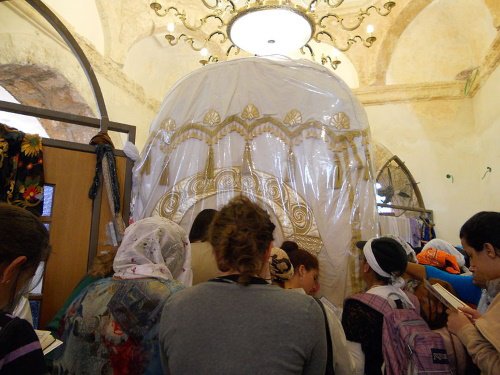
Series that dives into future technologies and trends, and what they might mean for the Church. Rachel’s tomb in Bethlehem, where Jewish women pray for fertility. “Rachel weeping for her children, and would not be comforted, because they are not.”-Matthew 2:18 My wife and I would love to have a large family, we would have ten kids if we could, but unfortunately nature doesn’t always cooperate, so we only have six. Eye rolls aside, serious infertility can be particularly painful in a highly pronatalist church (there’s a reason infertility issues take up half of Genesis). I, along with many people… Read More

